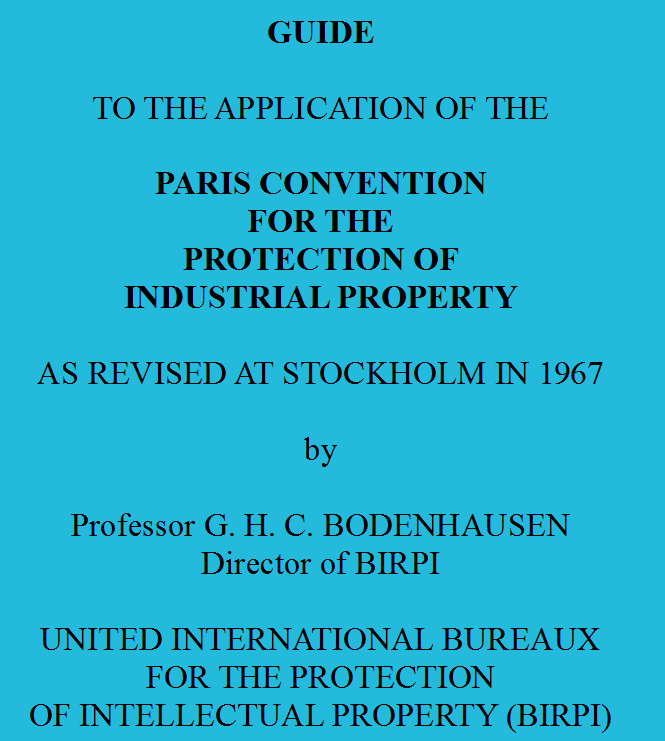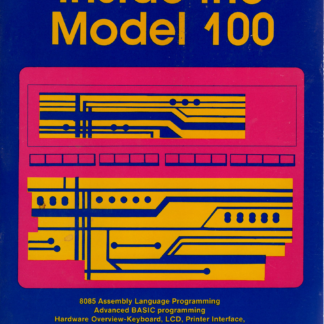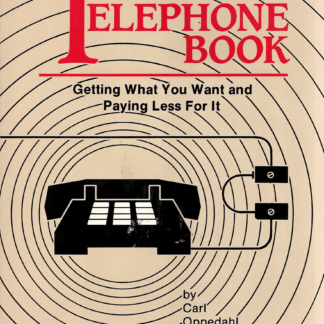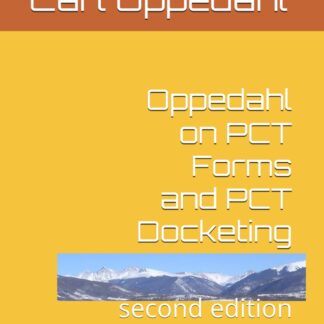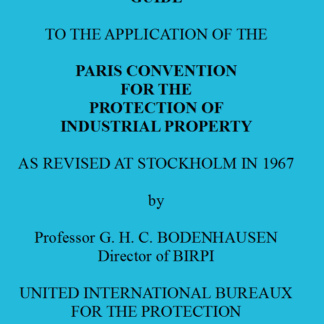Description
Simply put, this is the authoritative exegesis of the Paris Convention. This book should be on the bookshelf of every intellectual property lawyer everywhere in the world.
The full title is:
GUIDE
TO THE APPLICATION OF THE
PARIS CONVENTION
FOR THE
PROTECTION OF
INDUSTRIAL PROPERTY
AS REVISED AT STOCKHOLM IN 1967
The Paris Convention began in 1883. For 135 years it has permeated intellectual property law. The increased globalization of commerce and intellectual property makes the Paris Convention more important now than ever before.
Most practitioners know of Article 4 of the Paris Convention, which establishes the familiar 12-month priority period for patents and the 6-month priority periods for industrial designs and trademarks. Few practitioners, however, have actually read Article 4 and understood it fully, let alone the rest of the Convention. There are many potential traps and pitfalls for practitioners in the attempt to perfect a priority claim. For an example of a pitfall, see SAOSIT.
One person has given more thought to the Paris Convention and its history than any other, and it is G. H. C. Bodenhausen. Fortunately for the intellectual property community, he memorialized his thoughts in this book. Published in 1969 by WIPO, it fell out of print. In this book, Bodenhausen discusses the entirety of the Paris Convention, article by article, with fascinating and detailed observations on every sentence and clause. He writes not only on what a particular provision in the Treaty means for a filer going forward, but on the history or policy reasons for the provision and why it was worded the way it was. It is no overstatement to say that any intellectual property practitioner, no matter where one are located geographically, no matter whether one’s practice is in patents, trademarks, or designs, should have Bodenhausen’s book on his or her bookshelf.
Bodenhausen’s extremely detailed exegesis of the all-important Article 4 should be required reading for every practitioner even if one lacks the determination or drive to read the rest of the book. Those pages of the book by themselves justify the cost or effort of getting the book onto your desk.
Given that the book fell out of print, how may you get your own copy of the book? One way to get your own copy of the Bodenhausen book is to go to the WIPO web page for the Bodenhausen book, and download a PDF copy of the book, and print it on your printer. The PDF copies are available in your choice of English (255 pages, 6.01 inches by 8.98 inches, click here), French (265 pages, 5.83 inches by 8.96 inches, click here), Spanish (281 pages, 5.83 inches by 8.88 inches), and Japanese (267 pages, 5.75 inches by 8.72 inches). The PDF files are a bit grainy, being scans at about 200 dots per inch of physical pages of books published in 1968. But the price is right — you can get these for free.
A paperbound reprint from the PDF scan, with an ISBN of 978-9280503685 and a trim size of 6.1 by 9.1 inches, is sometimes available here or here.
Another way to get your own copy of the Bodenhausen book is from Penaya Publishing, available on this shopping cart. This version is based upon a remastered typesetting of the book. It is much clearer and easier to read than the somewhat grainy PDF images mentioned above. The trim size is A4 (8.27 inches by 11.69 inches), and the book has 174 pages.
ISBN: 978-0984408443
===============================================================
Prof. Georg Hendrik Christiaan Bodenhausen (born 11 July 1905, Utrecht) was a Dutch civil servant. He was director of the United International Bureaux for the Protection of Intellectual Property (BIRPI) from 1963 to 1970, and the first director-general of the World Intellectual Property Organization (WIPO) from 1970 to 1973.
